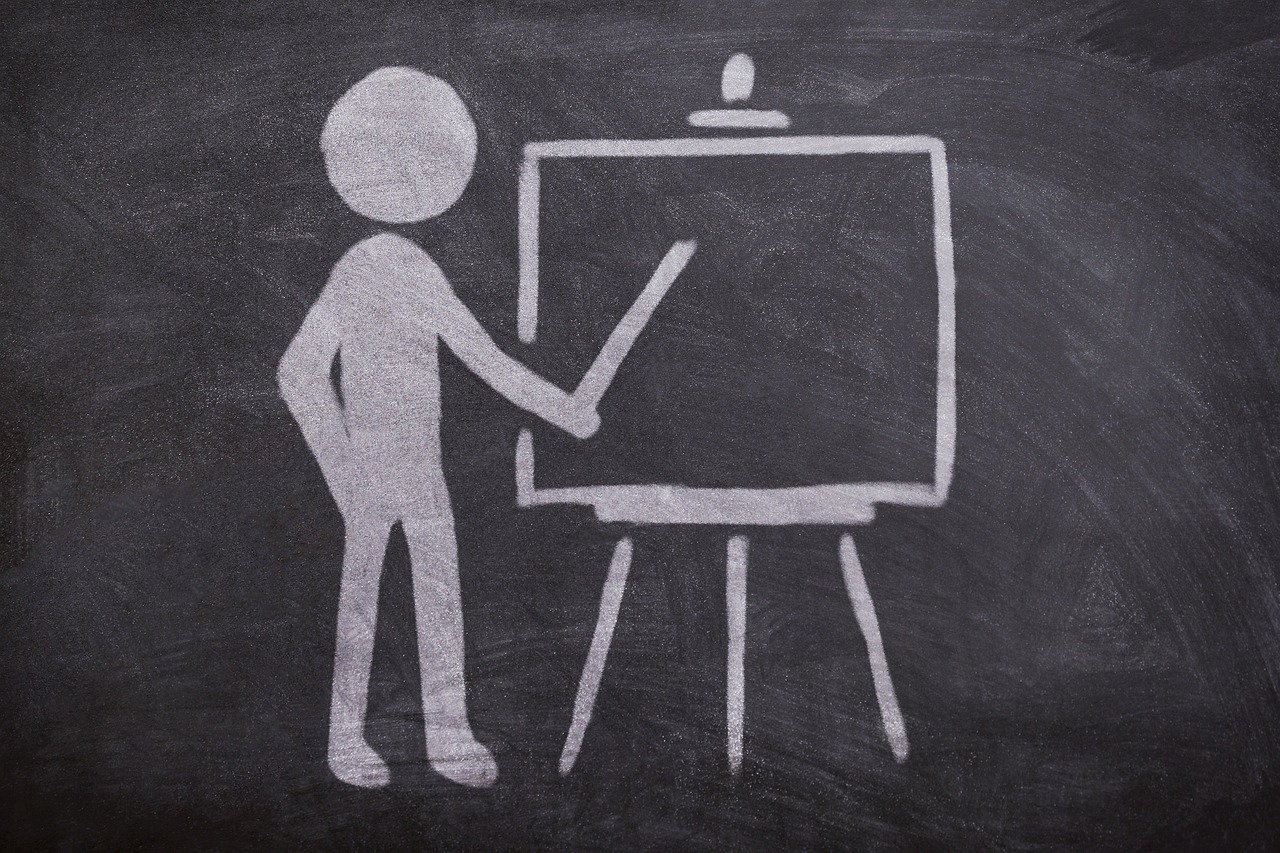11.4 – Organizing Your Presentation

ORGANIZATIONAL MODELS
Once you’ve completed your research, you’ll begin to collect your material into a series of main points by using an organizational model. Different models are used for different types of presentations – you’ll need to refer back to your Audience-Context-Purpose, as well as your purpose statement, to determine which will best suit your presentation.
Chronological Pattern
Chronological always refers to time order. Since the specific purpose is about stages, it is necessary to put the four stages in the right order. It would make no sense to put the fourth stage second and the third stage first. However, chronological time can be long or short. If you are giving a presentation about the history of your company, that may cover years of decades. If your presentation is about a product development cycle, it may only a few weeks or months. The commonality is the order of the information. Chronological speeches that refer to processes are usually given to promote understanding of a process, or to promote action and instruction.
Spatial Pattern
Another common thought process is movement in space or direction, which is called the spatial pattern. With this pattern, the information is organized based on a place or space that the audience can imagine (or “decode”) easily. A spatial-pattern presentation might cover the regional sales results for an automotive manufacturer, from the east coast to the west coast of Canada.
Topical Pattern/Parts-of-the-Whole Pattern
The topical organizational pattern is probably the most all-purpose pattern, used most often in informational and persuasive presentations. Many subjects will have main points that naturally divide into: “types of,” “kinds of,” “sorts of,” or “categories of.” Other subjects naturally divide into “parts of the whole.” However, you will want to keep your categories simple, clear, distinct, and at five or fewer.
Another principle of organization to think about when using topical organization is “climax” organization. That means putting your strongest argument or most important point last when applicable. This model is used most often in sales presentations and proposals.
Cause/Effect Pattern
If the specific purpose mentions words such as “causes,” “origins,” “roots of,” “foundations,” “basis,” “grounds,” or “source,” it is a causal order; if it mentions words such as “effects,” “results,” “outcomes,” “consequences,” or “products,” it is effect order. If it mentions both, it would of course be cause/effect order.
Problem-Solution Pattern
The problem-solution pattern is most often used in persuasive presentations. The principle behind problem-solution pattern is that if you explain to an audience a problem, you should not leave them hanging without solutions. Problems are discussed for understanding and to do something about them. Additionally, when you want to persuade someone to act, the first reason is usually that something is wrong!
A variation of the problem-solution pattern, and one that sometimes requires more in-depth exploration of an issue, is the “problem-cause-solution” pattern. In many cases, you can’t really solve a problem without first identifying what caused the problem. This is similar to the organizational pattern called Monroe’s Motivated Sequence (German, Gronbeck, Ehninger & Monroe, 2012).
VIDEO: How to Organize Your Presentation
STRUCTURE
Once you and your group have decided upon the organizational pattern you will use, it is time to think more deeply about the structure of your presentation. There are lots of ways to structure a presentation, but we like this one best. It’s clear, simple and fits most presentations.
Beginning
In this part of your presentation, you’ll capture the audience’s attention, tell them who you are, and give them a preview of your presentation.
- Attention-getter/hook (Goes before or after the self-introduction) A very brief and interesting statement or question that grabs the audience’s attention. See Grabber Types below for more details.
- Self-introduction (Goes before or after the grabber) Tell the audience your name and credentials. For example: I’m Minh and I’ve been a professional presenter for 10 years.
- Thesis The main point or argument of your presentation. Be brief and precise, not general or vague. For example: I’m going to show you how practicing your presentation 10 times will improve your grade by 20%.
- Overview of main points Briefly outline the main points that you’ll cover in your presentation. To help your audience, do list these in same order that you’ll deliver them later on. For example: First, we’ll talk about what makes presentations great, then I’ll share some data on how practice affects your confidence and performance, and finally we’ll look at how to practice.
Body
In this part of your presentation, you’ll deliver the detailed information of your presentation.
- Key point 1 A major point that supports your thesis and may have supporting sub-points
- Key point 2 Another major point that supports your thesis and may have supporting sub-points
- Key point 3 The final major point that supports your thesis and may have supporting sub-points
Ending
In this part you’ll remind the audience of what you told them, and tell them what to do next.
- Summary of main points (Can be merged with your conclusion) Clearly restate your three main points in the same order you delivered them. It’s the same as your overview but in past tense. First, I described what makes presentations great, then I shared data on how practice affects confidence and performance, and finally we looked at how to practice.
- Conclusion Restate your thesis in past tense. For example: I’m showed you that practicing your presentation 10 times will improve your grade by 20%.
- Call to action Give your audience clear, active and compelling direction, based on what you told them. For example: Practice your presentations ten times and start collecting those A-plusses!
Grabber types
Remember that the attention-getter’s job is to get the audience’s attention, so it must be surprising, fascinating or intriguing. It must also be related to your presentation’s topic. Here are some descriptions and examples:
You can also mix and match grabbers. For example, you could show an image and ask the audience to guess what it is.
The length of your grabber is relative to your total presentation time. For a 2-minute presentation, it should be quite brief – maybe one sentence. For a 16-minute team presentation, a 45-60 second grabber would be appropriate.
Outline your presentation
The fastest way to create a successful presentation is to start with an outline. You’ll need two outlines: a preparation outline, and a speaking outline.
Preparation outlines are comprehensive outlines that include all of the information in your presentation. Our presentation outline will consist of the content of what the audience will see and hear. Eventually, you will move away from this outline as you develop your materials and practice your presentation.
Your speaking outline will contain notes to guide you and is usually not shared with your audience. It will summarize the full preparation outline down to more usable notes. You should create a set of abbreviated notes for the actual delivery.
Use an outline, not a script; this will allow you to be more natural and let you look at the audience or camera. Reading is a guaranteed way to make your presentation boring.
The easiest way to create your outline is to work in this order:
- Determine your thesis and write this as a full sentence
- Determine your 3 Main Points
- Add key supporting points for each of your Main Points
- Complete the other parts – introduction, grabber, call to action, etc.
Working in this order is fast because it’s easier to create the conclusion and grabber when you’ve already decided on the content. Also, after you have the main structure it’s easy to add details, examples, and stories that make your presentation interesting and convincing.
You can use your presentation outline as a starting point to developing your speaking outline. It’s a good idea to make speaking notes to align with your main points and visuals in each section.
UNC Libraries Presentation Planning Worksheet
Using Examples and Scenarios
Presenters will often use examples and scenarios to help illustrate the their message. The main difference between examples and scenarios is that while both help “show” the audience what you mean, an example is the “thing” itself, while a scenario would include more detail about the sequence or development of events. Scenarios also tend to be longer and more nuanced.
An ‘example’ of a sales target might be: to sell 500 units in 30 days. A ‘scenario’ might be described as: Company A is selling vacuums to the Atlantic Canada region. They are trying to increase their sales, and so have set a target of 500 units in the region in 30 days, using a sales incentive program for employees and promoting a sale at local stores.
A Word About Storytelling
Storytelling can be an effective way to convey your message to your audience. Stories are a fundamental part of the human experience, and, if well-told, can resonate with listeners. Some of the most inspiring TEDTalks speakers use storytelling effectively in their presentations. You can find out more about how to incorporate storytelling techniques into presentations from the TEDTAlk speakers directly.

Read the following blog post from Nayomi Chibana (2015).
http://blog.visme.co/7-storytelling-techniques-used-by-the-most-inspiring-ted-presenters/
Test your knowledge
Media Attributions
- board

